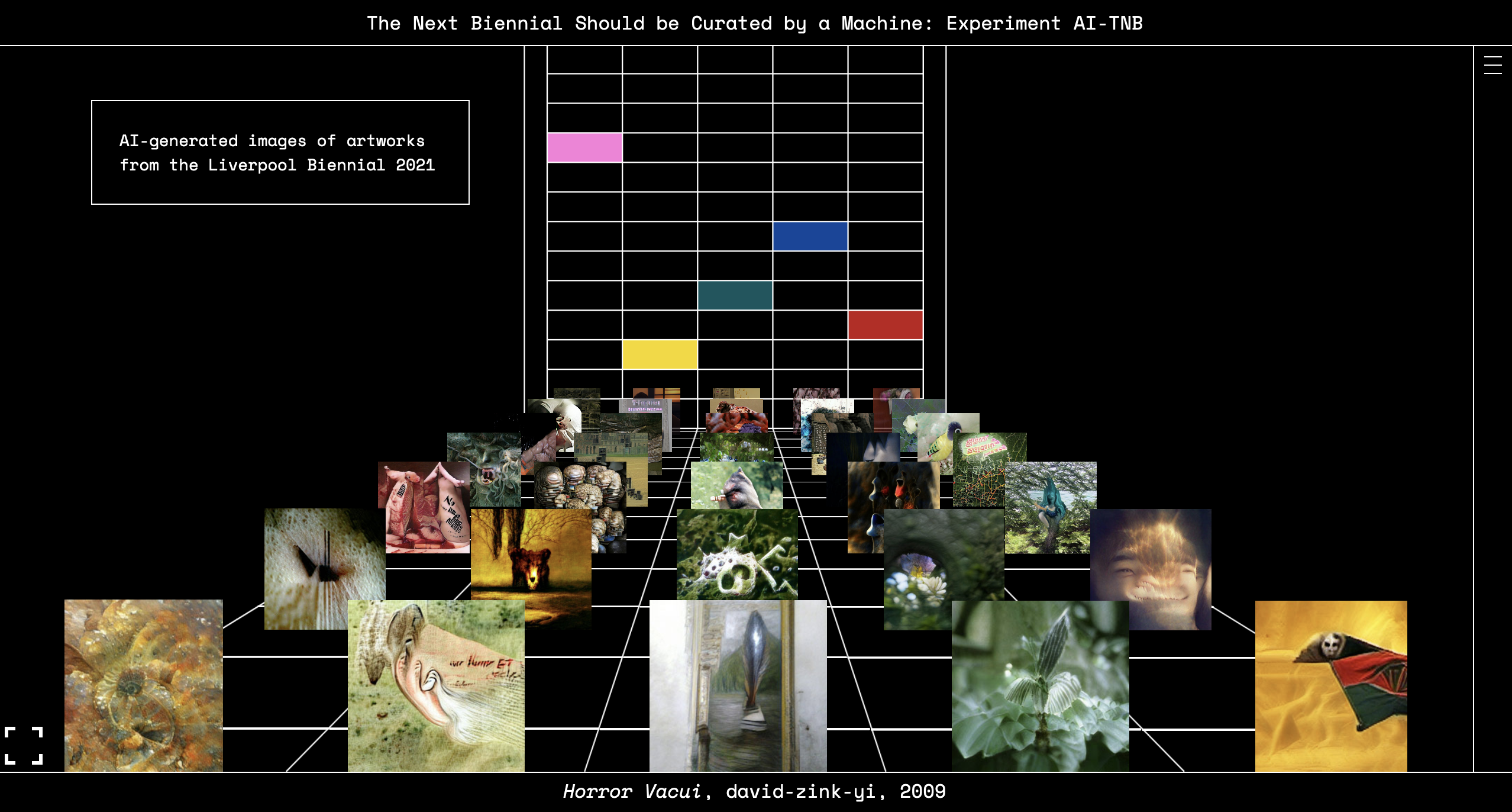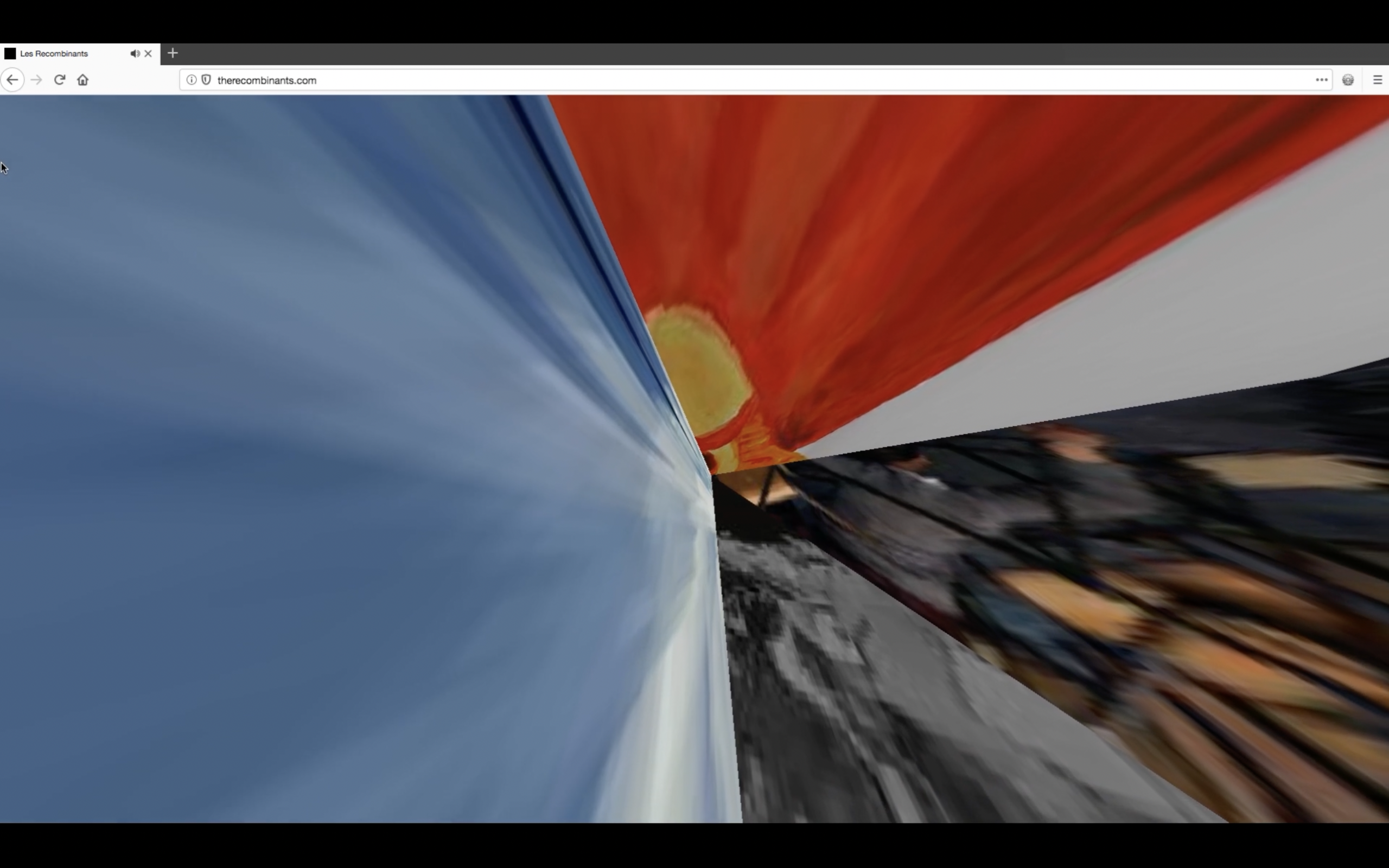Projects tagged: INFRASTRUCTURE # GAN
DESCRIPTION |
Generative Adversarial Networks (GANs) are a class of machine learning frameworks that are used for unsupervised learning. It was designed by Ian Goodfellow and his colleagues in 2014. GANs are made up of a system of two competing neural network models which compete with each other and are able to analyze, capture and copy the variations within a dataset. |
FACTS (some) |
|
[:it] #1 Nel 2018, il New York Times ha pubblicato l'articolo "AI Art at Christie's Sells for $432,500”. Era per il ritratto Edmond de Belamy, from La Famille de Belamy prodotto utilizzando la tecnologia GAN dal collettivo artistico francese Obvious #2 Dopo la pubblicazione della proposta della Commissione europea per un regolamento sull'intelligenza artificiale nell’Aprile 2021, diversi commentatori hanno sollevato preoccupazioni o dubbi su tale progetto in tre aree principali: (i) la regolamentazione del riconoscimento delle emozioni, (ii) la regolamentazione dei sistemi di classificazione biometrica e (iii) la protezione contro la manipolazione commerciale #3 Nel maggio 2021, il MIT Technology Review ha pubblicato l'articolo "AI può mostrarci le devastazioni del cambiamento climatico" citando un documento che mostra come il machine-learning evidenzia le devastazioni del cambiamento climatico su una proprietà. [:en]#1 In 2018, The New York Times published the article “AI Art at Christie’s Sells for $432,500”. It was for the portrait Edmond de Belamy, from La Famille de Belamy produced using GAN technology by the French art collective Obvious. #2 After the publication of the European Commission’s proposal for a Regulation on Artificial Intelligence in April 2021, several commentators have raised concerns or doubts about that draft in three main areas: (i) the regulation of emotion recognition, (ii) the regulation of biometric classification systems and (iii) the protection against commercial manipulation #3 In May 2021, the MIT Technology Review published the article “AI can show us the ravages of climate change” citing a paper that shows how machine-learning highlights the ravages of climate change on a property. [:] |

